Trends — Culture • Lifestyle • Future
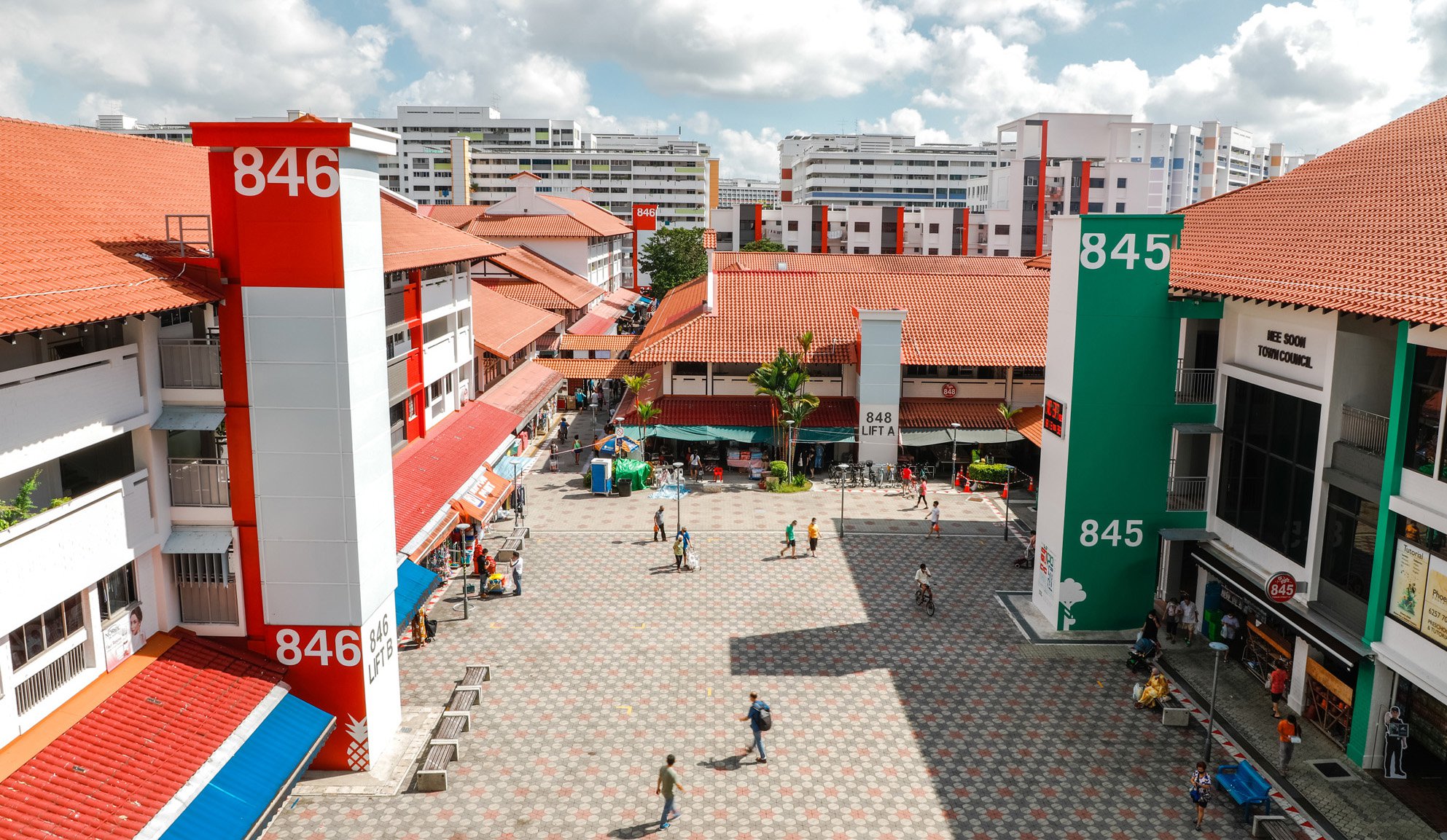
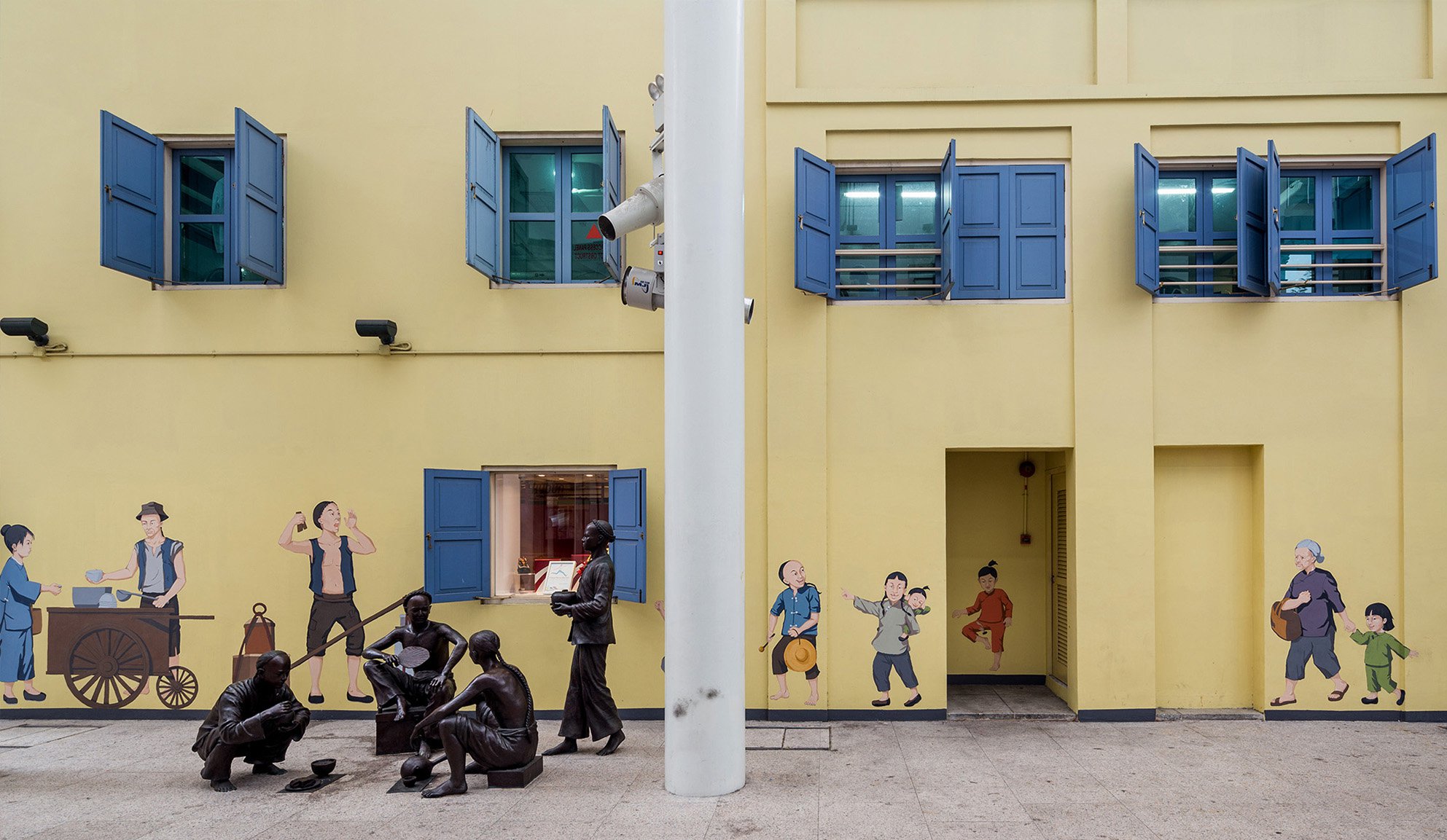
Placemaking is the process of assembling spaces so that they function optimally for users, are compatible with their respective contexts, and are well connected with adjacent areas such that they add value to the overall living environment.
Placemaking is a people-centered approach to the design, planning, and management of public spaces. Effective placemaking puts users and their needs first. A placemaking strategy should reflect a clear understanding of the function or purpose of spaces and enable an optimal user experience.
For sustainability, it should also take into account how spaces are likely to evolve going into the foreseeable future.
Placemaking is all about creating places that people love. It's not just about designing beautiful public spaces, but it's about engaging with the community.
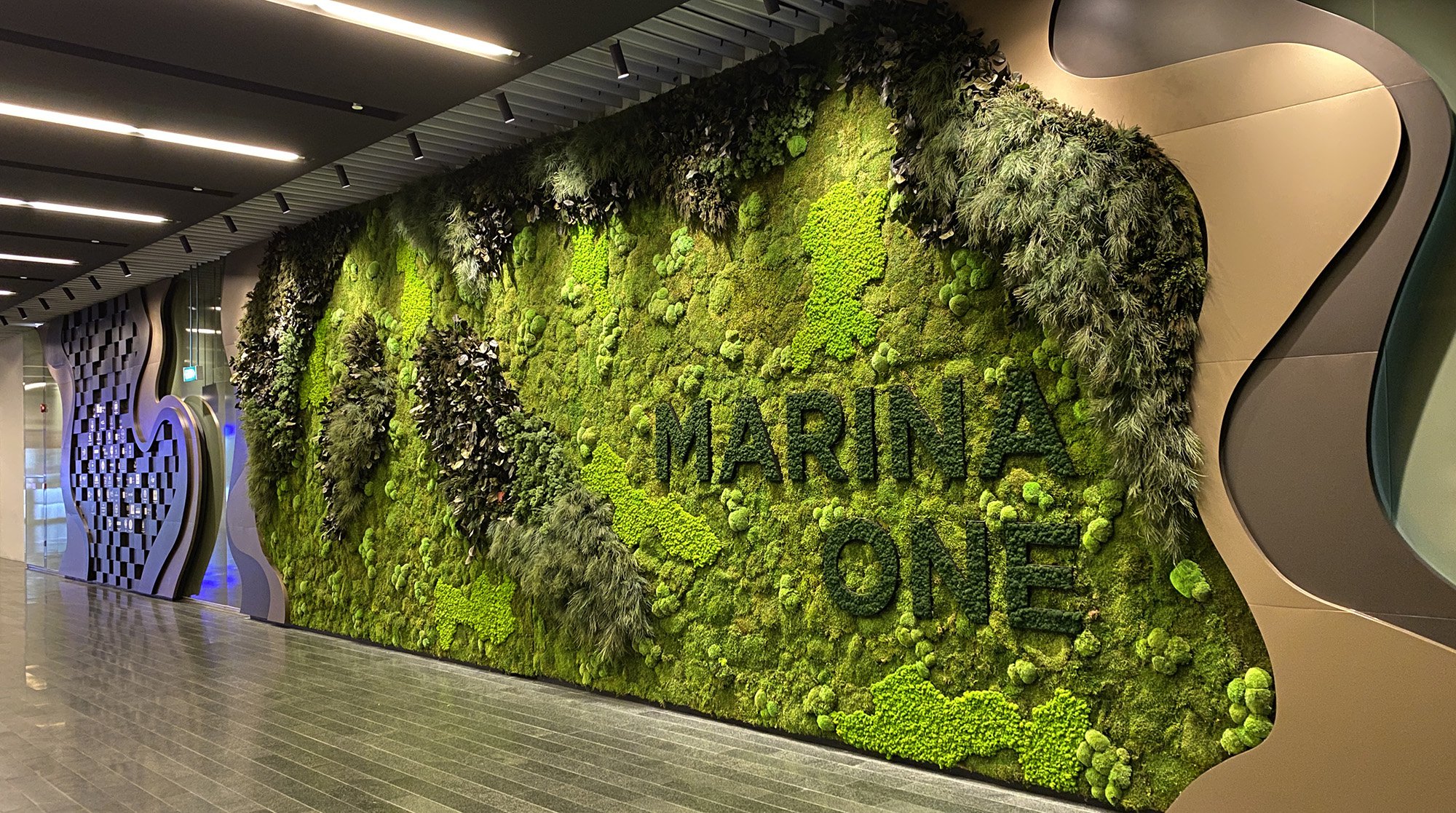
THE FOUR TYPES OF PLACEMAKING
Successful placemaking is the secret to successful communities. When done well, placemaking can improve the quality of life, promote economic development, and foster social cohesion.
Standard placemaking is the process of creating quality places where people want to live, work, play and learn.
Strategic placemaking is targeted to a particular goal in addition to the creation of space. For example, developing spaces that will attract businesses, leading to jobs and growth.
Tactical placemaking emphasizes testing projects through phases and iterations rather than constructing projects straight from the drawing board.
Creative placemaking integrates arts, culture and design activities into efforts that strengthen communities.
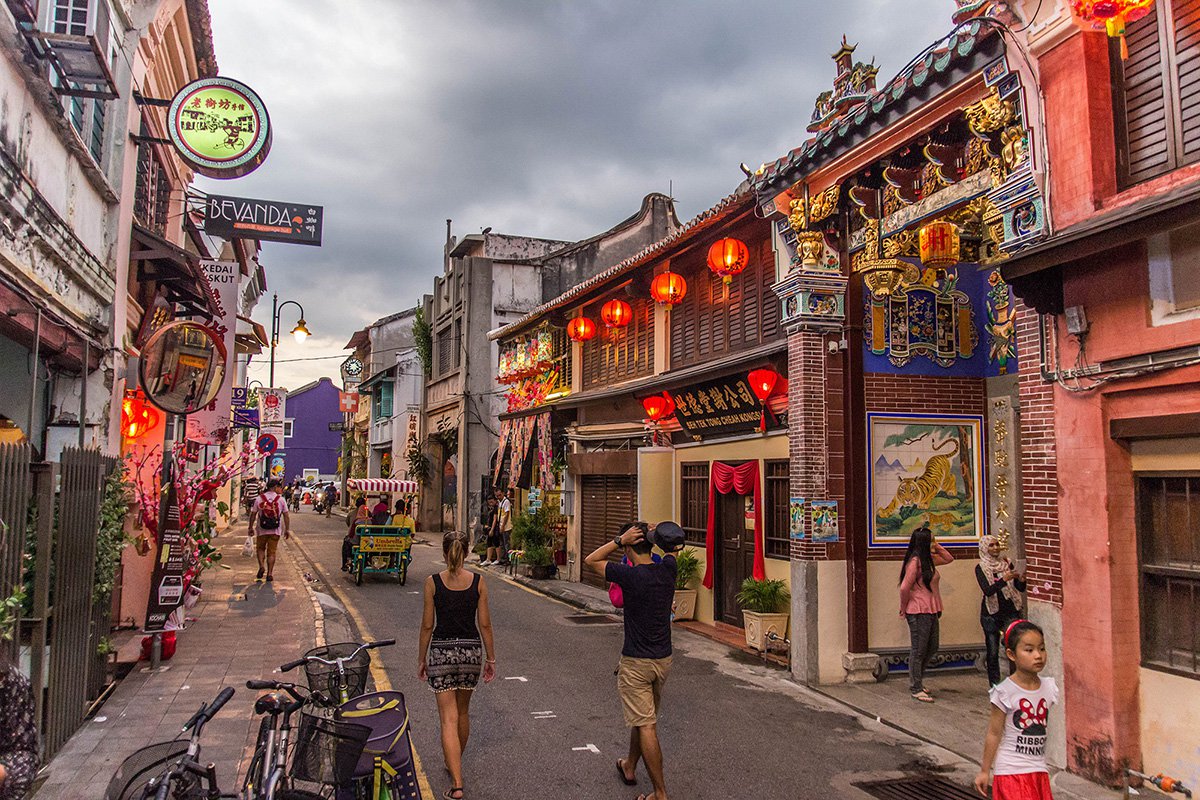
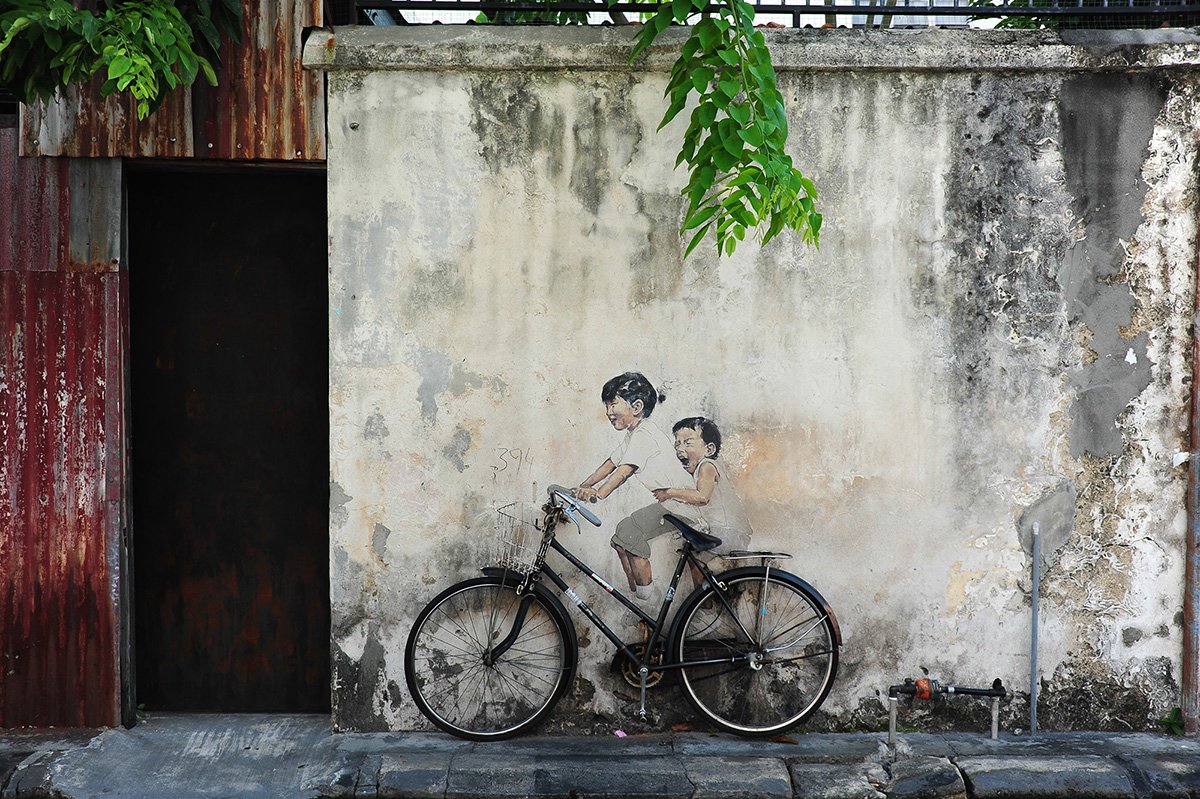
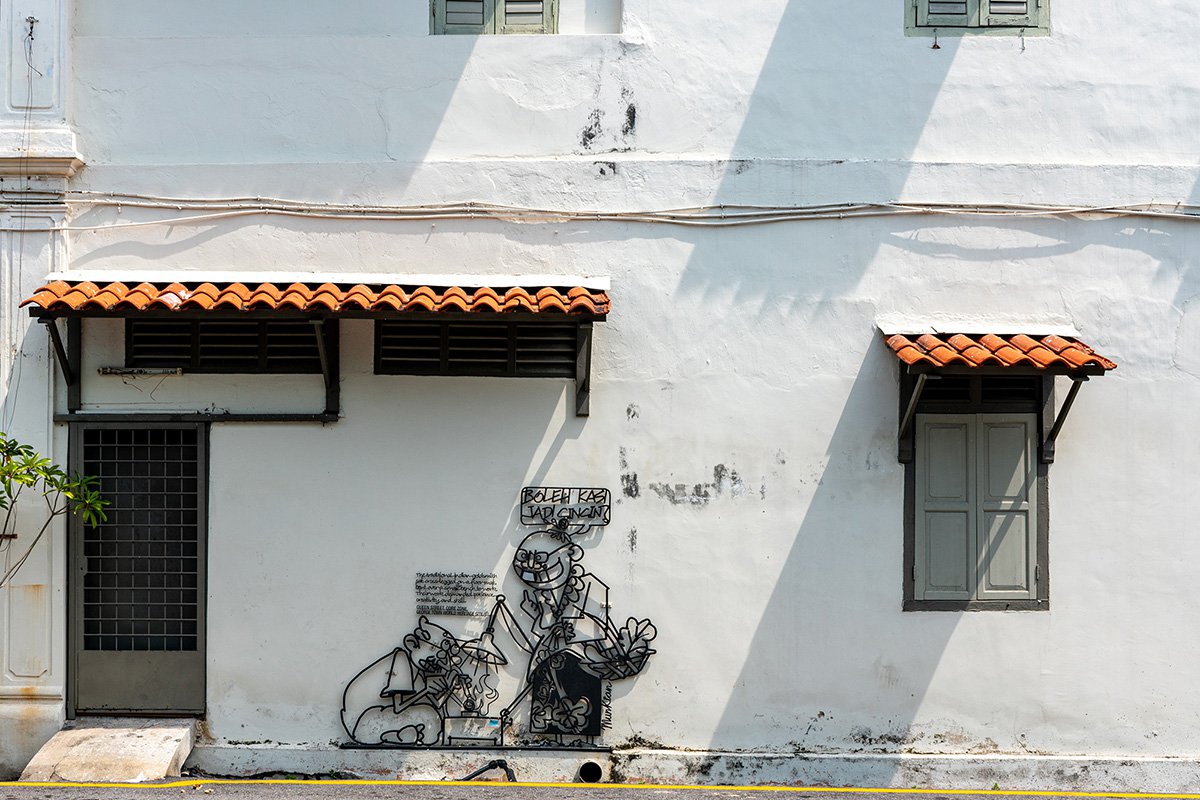
PLACEMAKING SUCCESSES
Malaysia - Penang Old Town
Placemaking in Penang has embraced the power of public art as a means to transform the city's spaces, enhance its cultural identity, and engage the community. Penang has become a hub for public art, with numerous initiatives and projects that showcase the creativity and diversity of local and international artists. These artworks not only beautify the city but also serve as catalysts for social interaction, cultural expression, and economic development.
One of the notable public art projects in Penang is the "Mirrors George Town" initiative. This project, initiated by the Penang State Government, aimed to revitalize and rejuvenate the streets of George Town by integrating art into the urban fabric.
The "Marking George Town" project is another significant public art endeavor in Penang. It focuses on using art as a means to interpret and highlight the cultural heritage and historical significance of various neighborhoods in George Town.
Artists collaborate with local communities to create murals, street installations, and performances that tell the stories of the area's past, present, and future.
The project not only beautifies the neighborhoods but also encourages residents to reconnect with their heritage and fosters a sense of pride and belonging.
Placemaking through public art in Penang has proven to be a powerful tool in transforming the city's spaces, preserving its heritage, and nurturing a vibrant and engaged community.
The infusion of creativity and cultural expression has made Penang an even more attractive destination, where art and everyday life seamlessly intertwine, creating a unique sense of place.
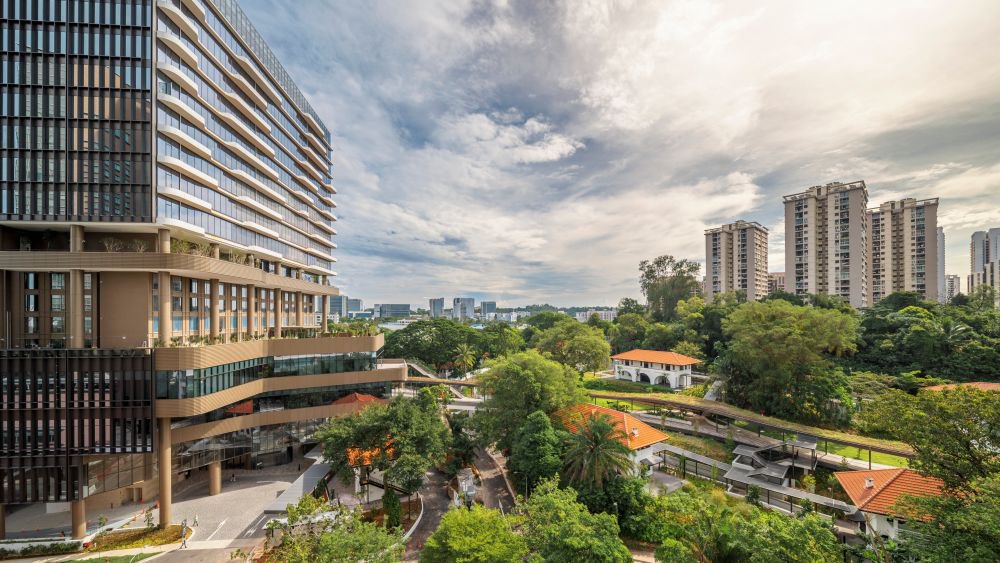
Singapore - One-North district
The One North district in Singapore is an innovative hub that brings together various industries. While the area is known for its innovative developments and business activities, art too plays a significant role in enhancing the placemaking efforts.
At the Rochester Commons, which is a new campus - style development, environmental wayfinding plays a pivotal role. Set on 2.4 hectares, it is home to a hotel, 12 black-and-white heritage bungalows, a Grade ‘A’ office tower, and Catapult, Southeast Asia’s first shared executive learning centre designed to train future leaders.
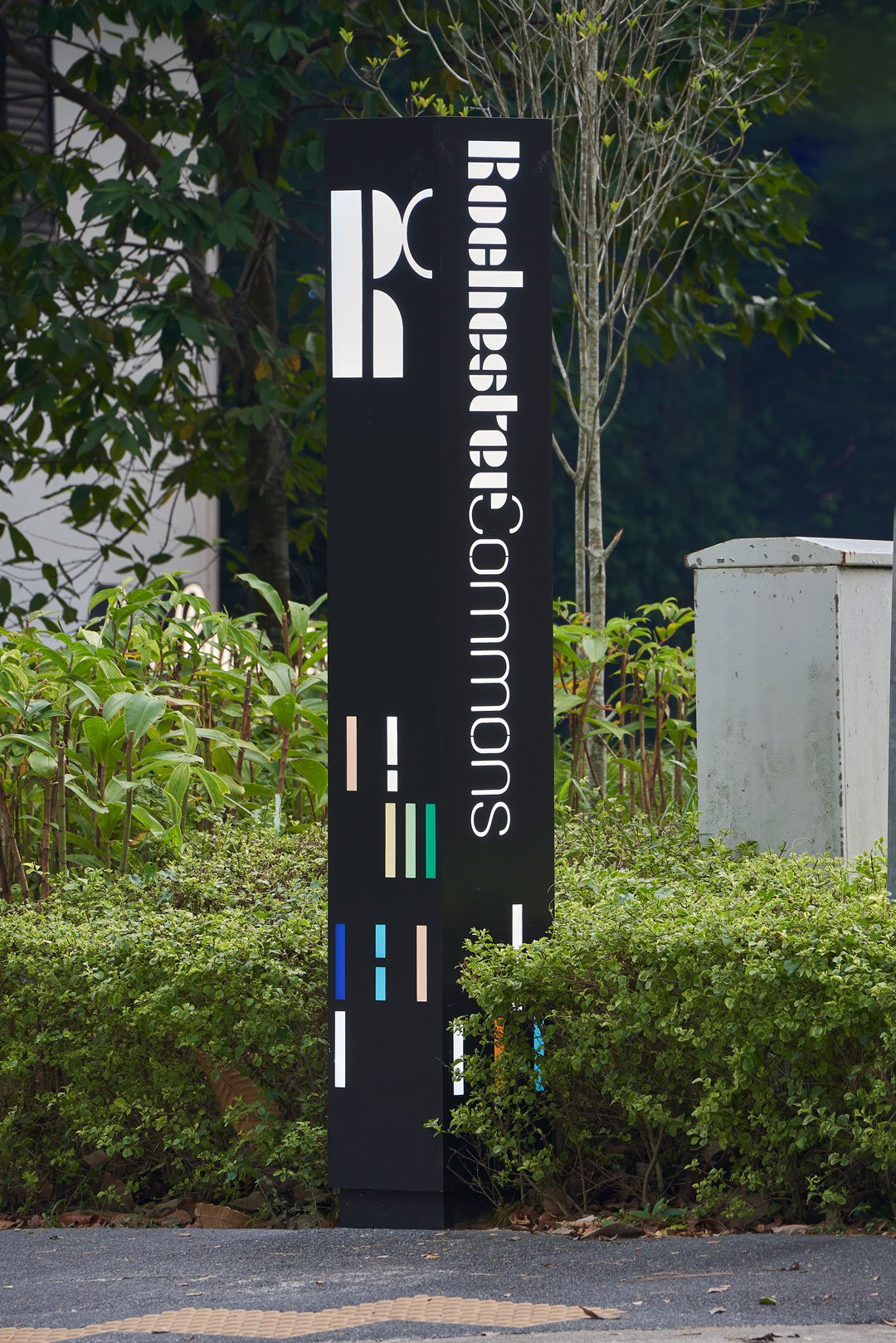
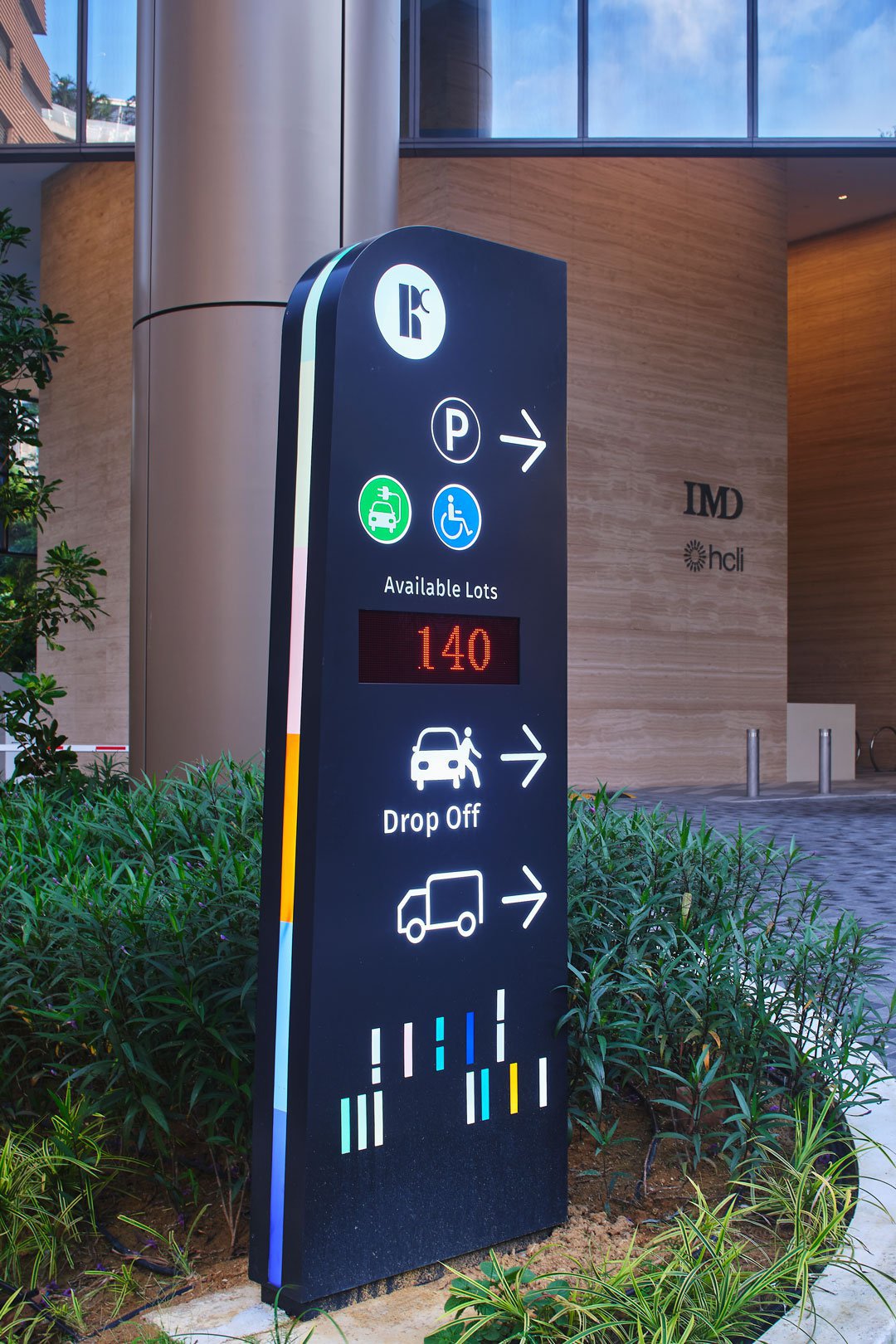
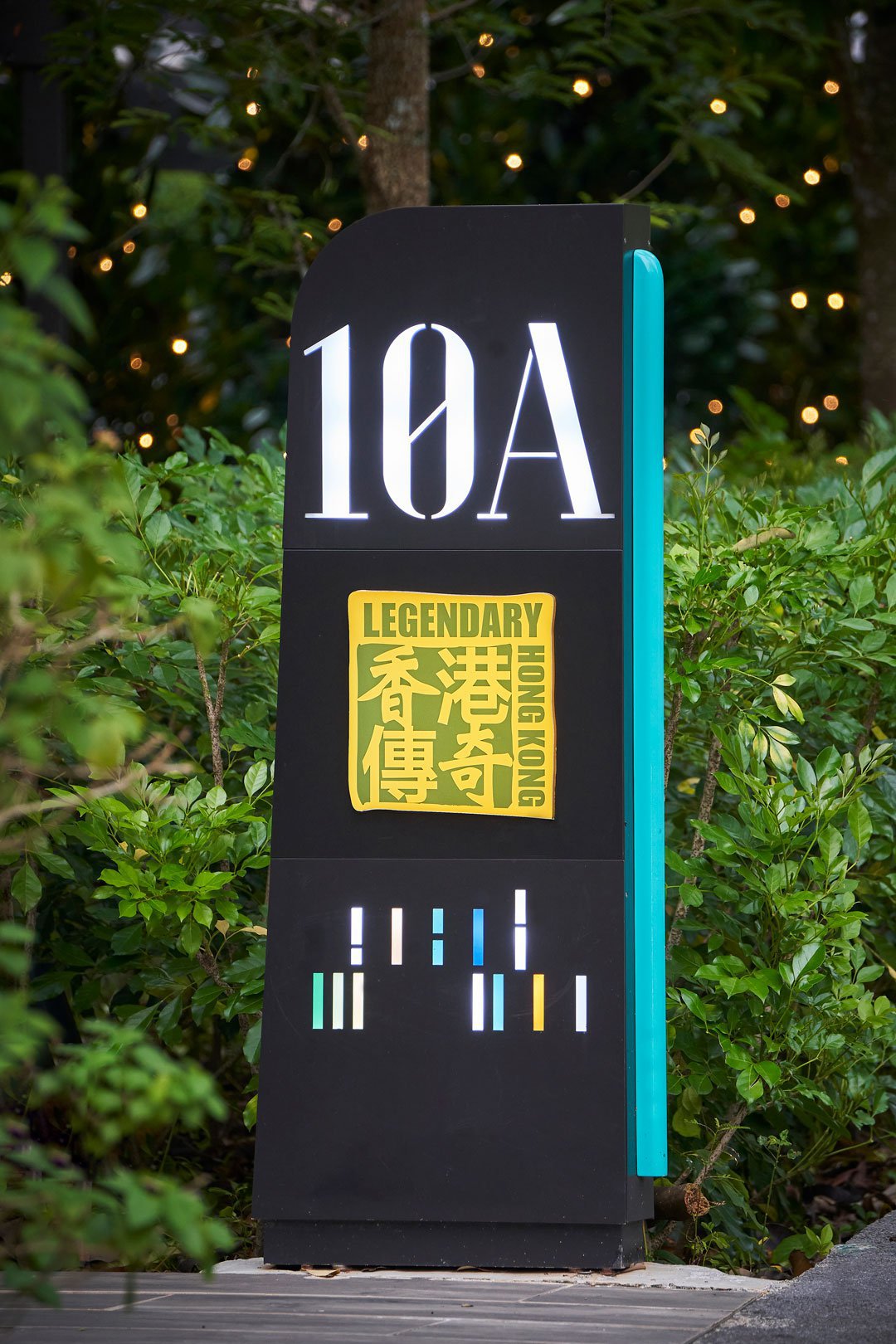
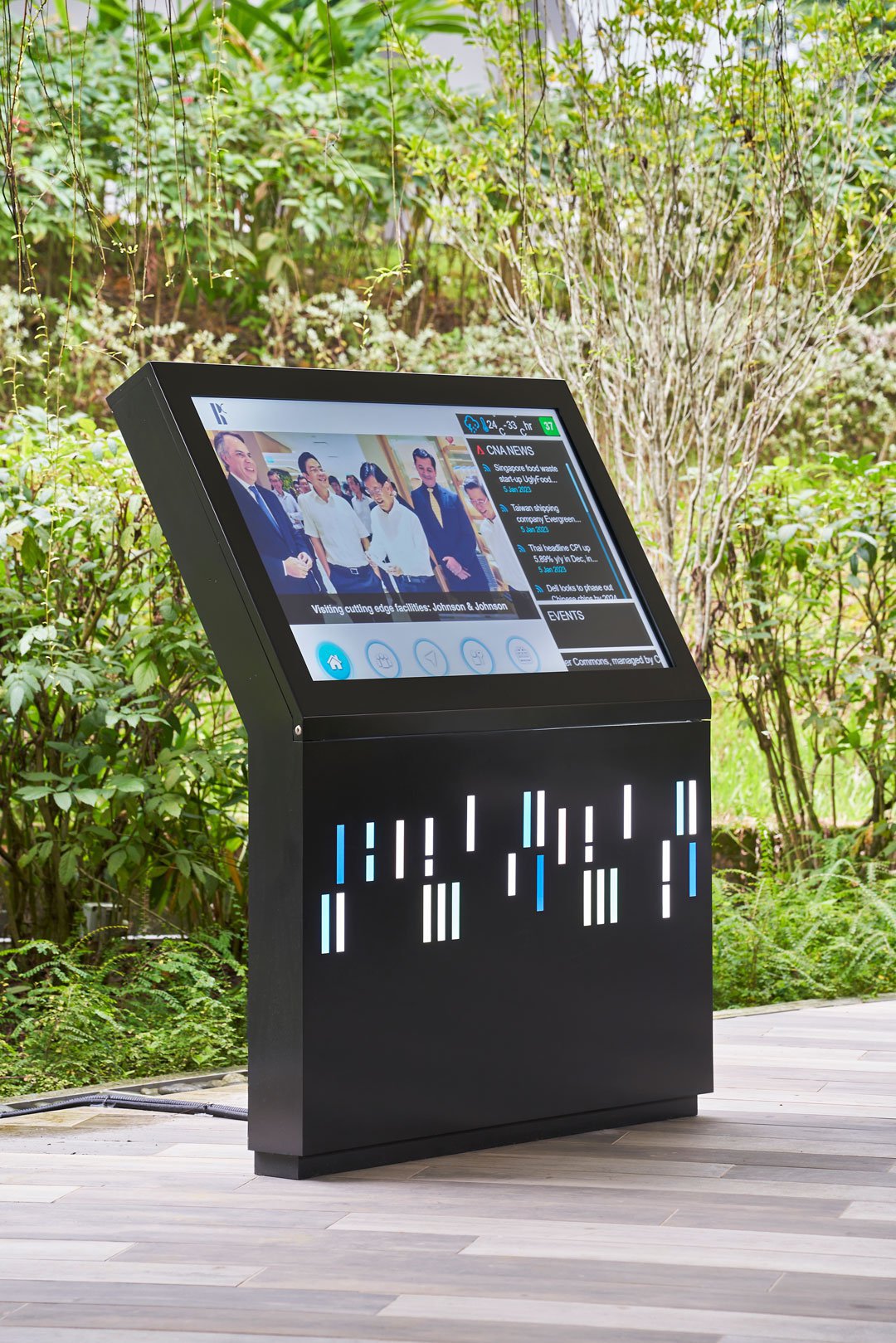
A wayfinding and signage strategy was devised for Rochester Commons to create seamless connectivity between buildings and amenities. The brief called for a system that is bold, clear, fresh, and creative. A challenge was to find a way to connect the pre-existing heritage bungalows with the new office tower melding them with the same brand identity. The team developed engaging designs that are distinct to each zone yet mindful of the overall intention of the district.
In addition, the team also assisted with other signage design to ensure a cohesive community experience. The wayfinding solution employs a unified brand colour palette and iconography, to direct users around the vicinity.
To give it a distinguishable quality and as a sharp architectural contrast from the towering building, the entrance to the huddle of black-and-white bungalows is marked by a landmark pylon that creates an exciting fusion of new and old.
Through placemaking, the One-North district in Singapore goes beyond being a business-focused hub, evolving into a vibrant and inspiring community. The integration of art installations, murals, sculptures, community engagement, and art events transforms the district's physical environment, enriching the cultural fabric, and creating a more inclusive and engaging experience for everyone.
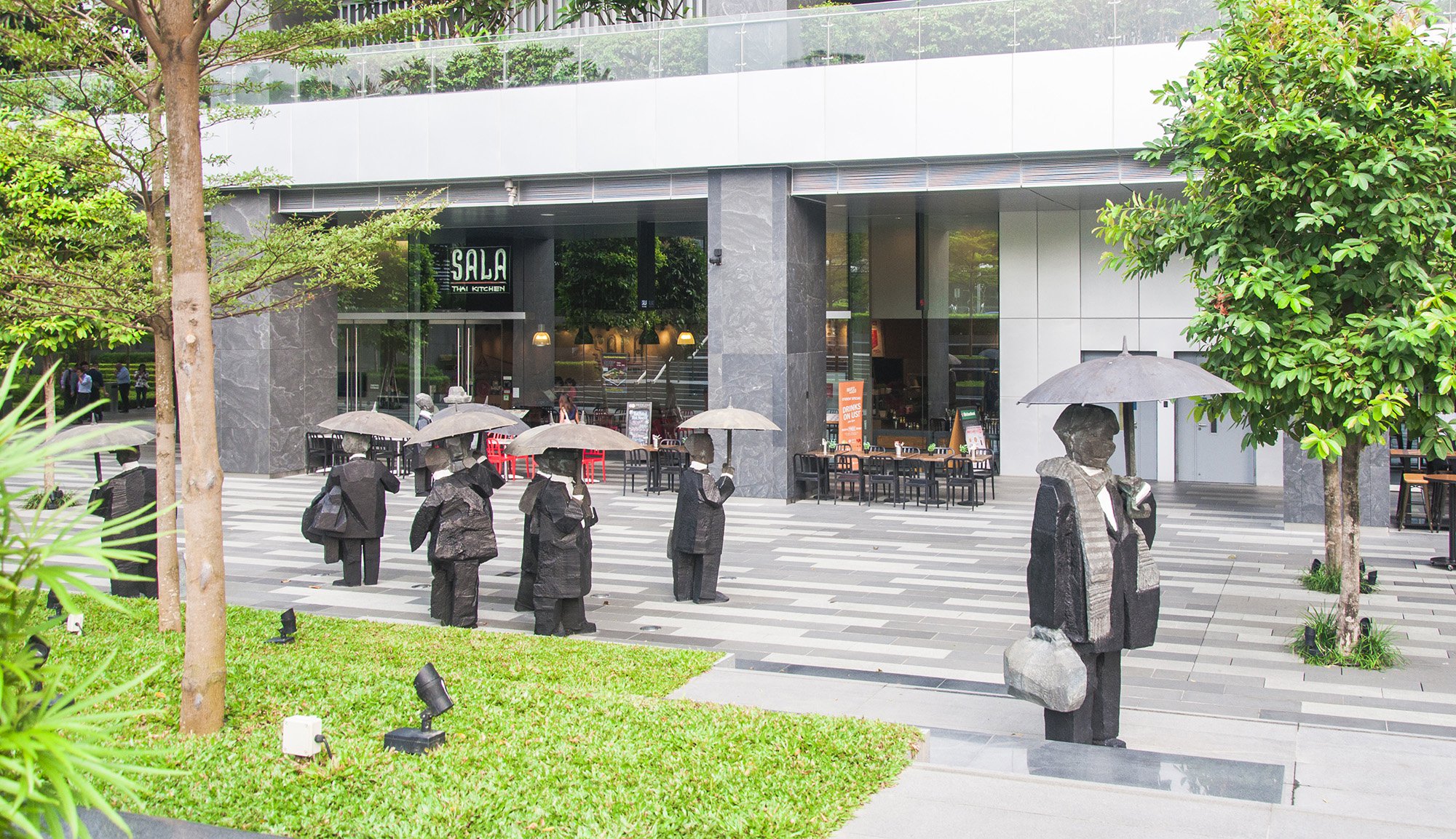
ENHANCING APPEAL
Above all, placemaking drives development and creates vibrant communities. Whether by design or organic growth, inhabitants are uplifted when their environment is appealing and desirable. By creating vibrant and functional public spaces that reflect the unique needs and preferences of the community, placemaking can improve the quality of life, promote economic development, and foster social cohesion.